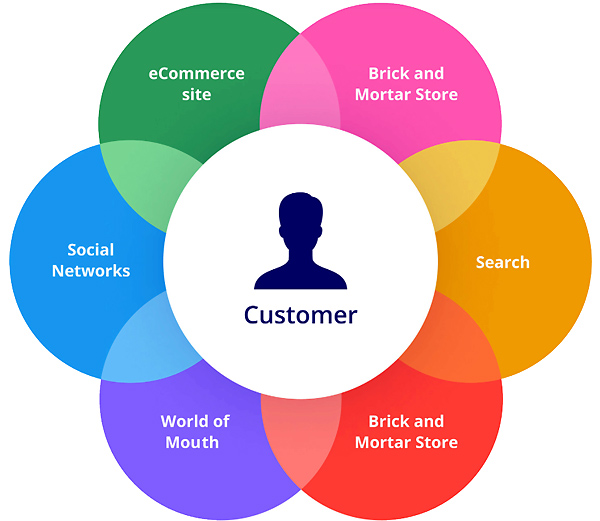Brick-and-Mortar Retail Is Still Alive And Kicking
In the era of digital transformation, where online shopping platforms seem to dominate the retail landscape, brick-and-mortar stores have demonstrated remarkable resilience, refusing to be overshadowed by the convenience of eCommerce. While the rise of online shopping has undoubtedly altered consumer behaviors and expectations, traditional retail spaces have found innovative ways to adapt and remain competitive. Why and how retail stores maintain their relevance says as much about human behavior as it does about businesses adapting to the new world they play in.
One of the primary advantages of brick-and-mortar stores is the tangible shopping experience they offer. Unlike eCommerce platforms, physical stores allow customers to touch, feel, and try products before making a purchase. This hands-on experience creates a sense of immediacy and satisfaction. The recent explosion of AI enables eCommerce sellers to create some of the in-store experience, like digital try-ons. However, innovations like those still do not give the buyer the ability to interact with knowledgeable sales associates who provide customers with personalized assistance and recommendations, enhancing the overall shopping experience.

In today’s fast-paced world, instant gratification has become a driving force behind consumer behavior. Brick-and-mortar retail caters to this need by offering immediate access to products. Unlike online shopping, which often involves waiting for shipping and delivery, physical stores allow customers to obtain their purchases instantly. This instant fulfillment appeals to consumers who prioritize convenience and efficiency in their shopping experience. Still, even that aspect of in-store shopping is being challenged with advent of same day shipping.
Recognizing the evolving retail landscape, many brick-and-mortar stores have embraced omnichannel strategies to integrate their physical and digital presence seamlessly. By offering services such as click-and-collect, in-store pickups, and online reservations, traditional retailers provide customers with greater flexibility and convenience. This convergence of online and offline channels enhances the overall shopping journey, allowing customers to engage with brands across multiple touchpoints.
Keeping It Local

Physical stores play a vital role in fostering community engagement while contributing to the local economy. Traditional stores contribute to the social fabric of neighborhoods and communities. This emphasis on community building creates loyal customers who value the relationships forged within physical retail spaces.
Despite the convenience of online shopping, many consumers still crave human connection and social interaction. Brick-and-mortar stores capitalize on this fundamental need by providing opportunities for face-to-face interactions with store associates and fellow shoppers. Whether seeking product recommendations or engaging in casual conversation, the human element of traditional retail adds a personal touch that fosters trust and loyalty among customers.
Physical stores offer a unique opportunity for brands to convey their identity, values, and product narrative in a tangible and authentic manner. Through carefully curated store designs, ambient music, and sensory elements, brick-and-mortar retailers create immersive brand experiences that resonate with customers on an emotional level. This focus on brand authenticity and storytelling differentiates traditional stores from their online counterparts, fostering deeper connections and loyalty among consumers.
The Future Is Both
While eCommerce continues to reshape the retail landscape, brick-and-mortar stores remain a vital and resilient component of the industry. Through tangible shopping experiences, instant gratification, omnichannel integration, immersive in-store experiences, community engagement, human connection, adaptability, innovation, brand experience, and authenticity, traditional retailers have found ways to stay competitive in the digital age. By leveraging their unique strengths and embracing innovation, brick-and-mortar stores continue to thrive alongside eCommerce, offering consumers a diverse array of shopping options and experiences. As the retail landscape continues to evolve, it is clear that the synergy between physical and digital channels will play a crucial role in shaping the future of retail.


